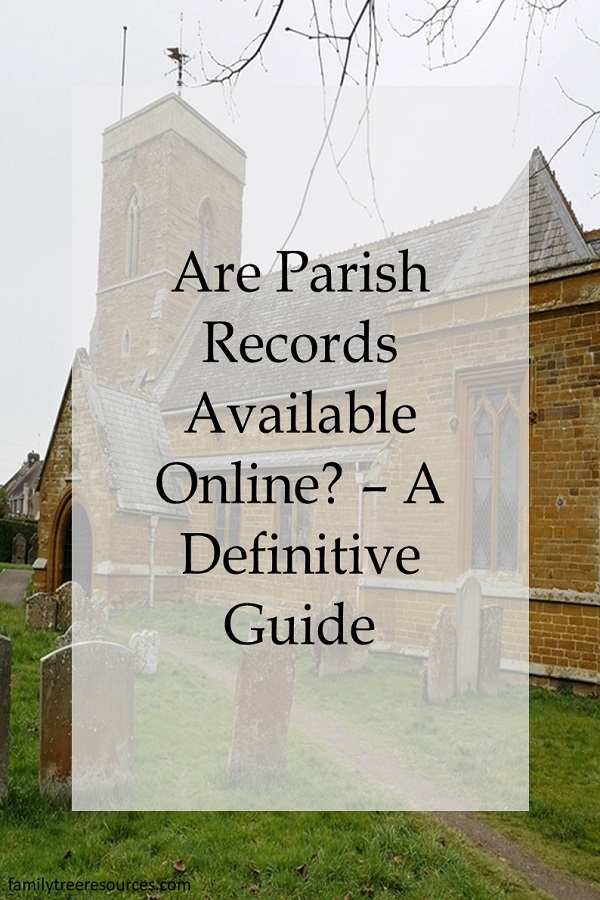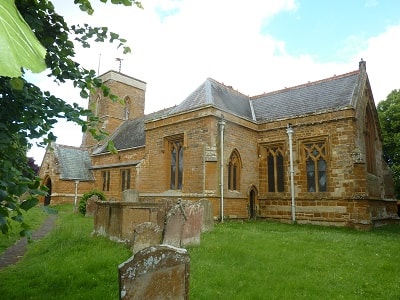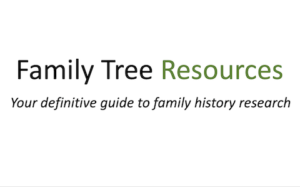
Prior to the advent of civil registration in 1837, parish records are one of the best sources to discover more information about your ancestors, and include records of baptisms, marriages and burials.
Beginning in 1538, parish registers were initiated by Thomas Cromwell, who believed that proper records of baptisms, marriages and burials should be kept. Not all registers survive from that period, however.
To make the best use of parish registers, you should have some idea of the religion and a rough idea of the parish in which they lived, which will make it easier to trace any possible entry in the register.
Although many parish records are available online, and this number is constantly increasing, many registers are only accessible in the local county record office. Some registers are still in use, so are still held by that church. Even if you find the entry you are seeking in an online index or record, it is important to verify the information in the original registers.
Finding Parish Records Online for Free
The aim of FreeREG, who have compiled indexes of parish registers, nonconformist registers and any other additional sources from around the UK, is to make indexes of parish registers available online for free.
They wish to make it easier for you to trace your relatives in church registers no matter where you live in the world.
The index has been compiled from the efforts of many volunteers around the world, but although it is not yet complete, more records are continually being added.
Some parish registers are also available on FamilySearch, who have made many parish registers accessible, but this index is incomplete.
If you find the entry you are seeking, you may be able to view the original record, but you will have to search through many images before you find the one you are seeking because you can currently only browse through the images.
Not all images are accessible at your home – you sometimes have to access their site at a family history centre or FamilySearch affiliate library to view the images.
If there is no option to view the original image, you may find that more information is included in the original register, so it is always worth checking that too.
It is always possible that someone has mistranscribed some of the information, such as misspelling a name or date, because the writing in the parish register is not always that easy to read.
You can also use FamilySearch’s online catalogue to determine what parish registers are available, and where they can be accessed.
For example, a search for Kirton, Suffolk, revealed that parish register transcriptions have been transcribed by Felixstowe Family History Society, and is available on CD-ROM.
A microfilm of the original records is held by the LDS, and can be viewed at a local family history centre. Even if you find that the records you seek are not actually available online, FamilySearch’s catalogue is still a very useful tool.
Paid Access to Parish Records Online
Some parish registers are available through pay-to-access sites such as Ancestry and FindmyPast. You are sometimes able to view the original images, but this is not always the case.
Ancestry
Ancestry is great for anyone who does not have the time to, or is unable to, visit Record Offices or Libraries.
It is especially good if you wish to access records from the comfort of your home.
Read my in-depth review to find out more about its features, advantages, and disadvantages.
FindmyPast
FindmyPast is good for anyone, whether they are just starting their family history journey, or have already conducted some research.
It is especially good for people who wish to read newspaper articles.
Read my in-depth review to find out more about its features, advantages and disadvantages.
Records found on these sites may be a mixture of indexes and transcriptions indexed by family history societies and some individuals.
The indexes are predominately used to discover where a parish record is situated, but still contain useful information, whereas a transcription contains every detail in the parish register, so can often take your research that much further.

It is important to remember that although these transcriptions are accessible on pay-to-access sites, errors may still be present, so it is prudent to try variations of the spelling of your ancestor’s name, even including wildcards, such as Mary M*nton.
This will bring up any variations in the spelling of the surname such as Manton, Minton, Munton etc.
Some writing in parish records has faded so badly that it is impossible for a definite transcription to be made. Even if you find the record you are seeking, it is still important to view the original record in a Record Office to verify the information.
Some indexes compiled over the years are also accessible through paid subscription sites, which include marriage registers transcribed by William Phillimore Watts Stiff, known as W. P. Phillimore, accessible through FindMyPast.
Initially published in the late 19th and early 20th centuries, indexes include marriages from various parishes, but there are some gaps in these indexes because some registers have not survived.
Indexes to Parish Registers
Indexes to Parish Records have been compiled by Family History Societies, and can either be purchased from them, or, for payment of a fee, some Societies are prepared to search their index for mention of a particular baptism, marriage or burial.
One popular option offered by Societies is that they offer the option of extracting any mention of a given surname over a 100 year period. Some indexes compiled by Family History Societies are held by local record offices.
If you use an online index, it is important to remember that the entry in the original register may not be what you expect because the clergymen making the original entry misheard what was said to him or used a phonetic spelling of the name.
He was often not corrected because many people were illiterate, so did not know whether what had been entered was accurate. Some writing was not always that easy to read, for example Heel could be incorrectly transcribed as Steel or vice versa.
Parish Registers in Record Offices
Although many parish records are available online, numerous registers can still only be accessed in local county record offices, which requires you to know the county the parish was situated in.
To discover this information, one option is to use the Genuki Church Database, whereby you can search by place and a distance of your choosing from that location. Not only will it bring up the local church, it will also bring up all the churches in that area.
If, after entering a place name, and there is more than one possibility, you will be taken to a drop down menu, where you can choose the appropriate place. You can also choose to have the results displayed in order of distance or have the churches plotted on a map.
If you are unable to find the entry for your ancestor in one church, you can use the information you have gleaned from the database to try other churches in the area.
Do Parish Registers Always Survive?
To discover if records survive for the period you are interested in, you should contact the local record office of the area of the parish.
Local Record Offices often have a list of all the parish records they hold, along with the dates that are covered by the register for baptisms, marriages and burials. This list can usually be found on their website.
Unfortunately, some registers have been lost over the years or were not kept during certain periods, such as the time of the Commonwealth during 1649-1660, making it more difficult to track down that missing ancestor should he or she have been baptised during the missing period.
I have found this to be the case with the nonconformist register for Potterspury and Yardley Gobion Independent, where the period covering approximately 1740-1764 is missing, which is always disappointing for the family historian.
